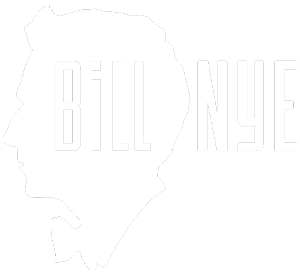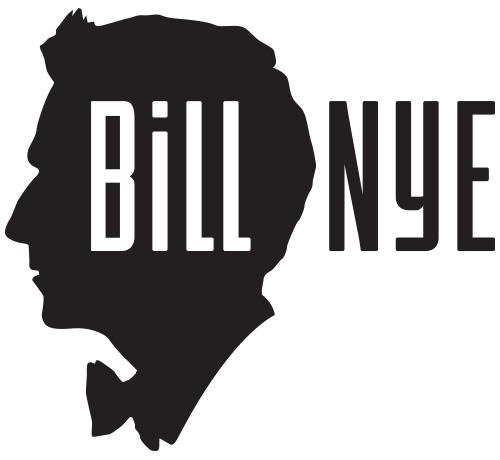Pressure
The Science Guy is starting to feel the pressure.
When you push something, you’re using pressure. Pressure depends on two things – the power of the push and the area that’s being pushed on. A push on a small area makes more pressure than the same size push on a big area. Pushing hard on something creates more pressure than a little nudge, naturally.
Some things have their own pressure built in. Liquids and gases always have pressure, and they press in all directions. Think about a balloon. Air inside the balloon pushes on all sides of the balloon at once – up, down, left, right – in every direction. Liquids like water do the same thing. When you fill a glass with water, gravity pulls it down making pressure in the glass. The water pushes on the bottom and the sides of the glass. Water pushes up, too – that’s why a cork pushed underwater pops up to the surface. Pressure in liquids and gases comes in handy for stuff like air mattresses, bike tires, hovercrafts, and drinking straws. When you suck the air out of your mouth, air pressure above the glass or cup pushes a milkshake into your mouth.
Bill Nye – he’s not a pushy guy, he just wants you to learn about pressure.
The Big Ideas
- Pressure is a pushing force spread out over an area.
- Pressure acts in all directions at once.
- Liquids and gases exert pressure.
Did You Know That?
- Astronauts wear pressurized space suits to keep air in their blood from making fizzy bubbles?
- Your blood pressure is a measure of how hard your blood presses against the walls of your arteries?
- Hovercrafts are vehicles that float above water by air pressure?
Books of Science!
- “Forces and Energy” by Alan Ward. Published by Franklin Watts, 1992.


